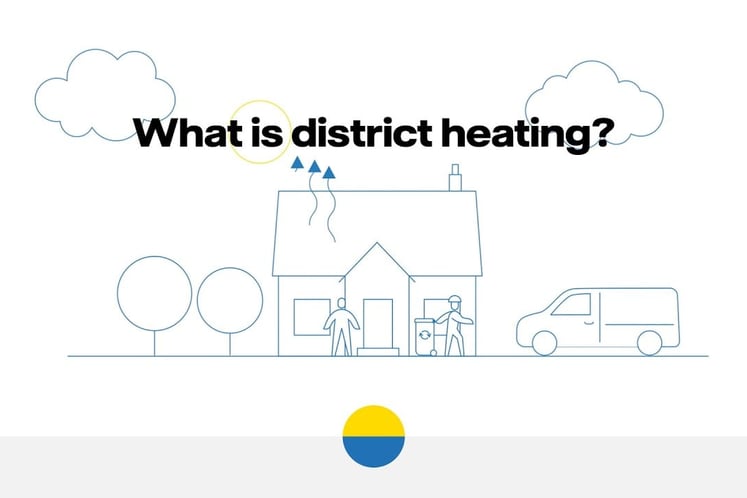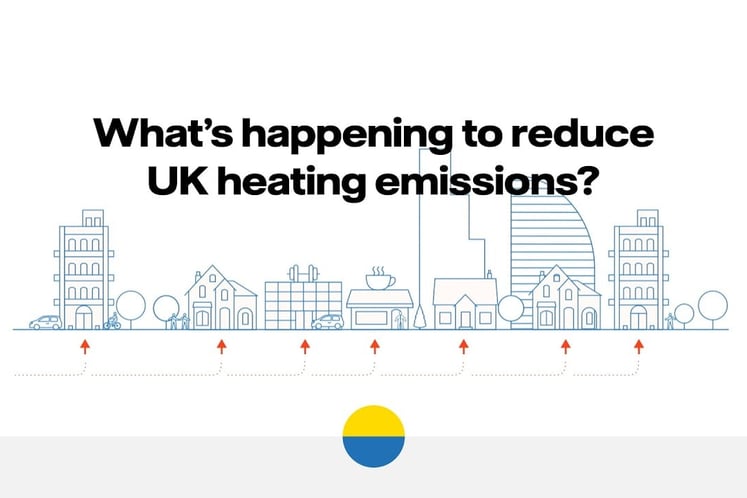What is a heat network?
Heat networks (or district heating networks) distribute heat generated in a centralised location via a network of insulated, water filled pipes to domestic and commercial buildings for space heating and hot water.
One advantage of heat networks is that they generate heat centrally, rather than in each building which is much more efficient.
Heat networks can be supplied with heat from a variety of sources, including zero carbon sources and heat from processes that would otherwise be wasted. Heat is transferred into individual buildings of any size via a heat exchanger at which point the heat consumption is metered.
Video player requires marketing cookies.
To view this content please click here to allow marketing cookies.
Heat networks are an extremely common technology with a long history, particularly in continental Europe. Vattenfall operates city-scale heat networks in Amsterdam, Uppsala as well as many other smaller cities.
Case studies
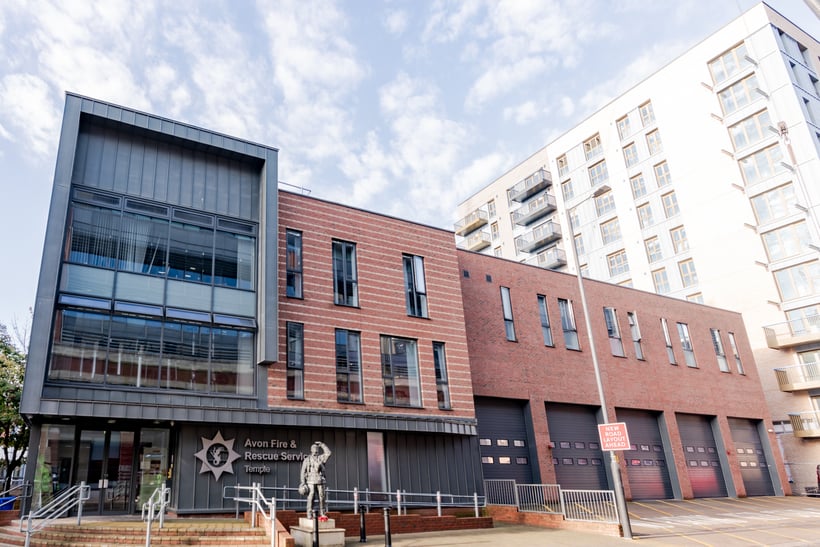
What are the benefits of heat networks?
Buildings that currently use fossil fuels for heating, such as a gas boiler, will need to replace their systems to meet government targets. Soon, gas boilers simply won't be allowed.
Heat networks present a forward-thinking solution for urban development. Recognised for their efficiency and sustainability, district heating systems offer a myriad of benefits for developers, building owners, and operators.
Why do we need heat networks?
Video player requires marketing cookies.
To view this content please click here to allow marketing cookies.
Nationally, around 2% of heating demand is supplied by heat networks and the UK Climate Change Committee has stated that this figure will need to rise to 18% in order for the UK to hit net zero by 2050.
There are a variety of reasons that a heat network might be the best solution for a given building, rather than a heat pump. These include spatial constraints, lack of electricity capacity and building heating systems being too high.
District heating networks can have far reaching benefits including infrastructure, social responsibility, supporting government targets, and keeping energy bills down.
Who are heat networks for?
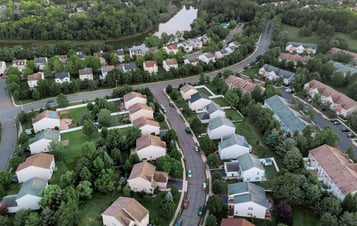
Local authorities choose to partner with us because we bring an expert team, investment, v...

We help commercial and industrial organisations to reduce their carbon impact by capturing...
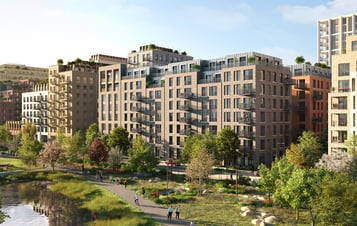
We provide reliable energy solutions for developments, that comply with local planning and...

Vattenfall designs tailored energy solutions for your estates and buildings, ensuring your...
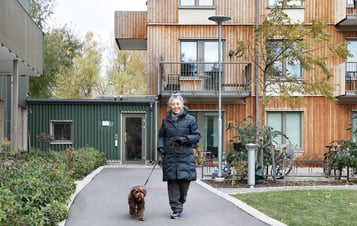
Vattenfall provides reliable, fairly priced heating and hot water as part of an all-inclus...
Why heat networks?

Most UK homes are heated using natural gas boilers, but there are far more resource-effici...
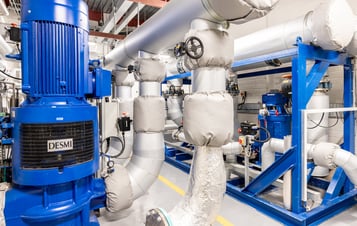
UK homes are being encouraged to move to low carbon heating, but what are the benefits?

A heat network, also referred to as district heating, is a system of delivering heat to ho...

Heat networks are used in many parts of the world to deliver low carbon heat to homes and ...
Contact us
Vattenfall Heat UK
If you are a customer on one of our heat networks, please visit our heat customers website or contact us on 0808 143 3633.
London
70 St Mary Axe
London
EC3A 8BE
Edinburgh
The Tun Building
Holyrood Road
Edinburgh
EH8 8PJ
Bristol
Bristol City Leap
101 Victoria Street
BS1 6PU

